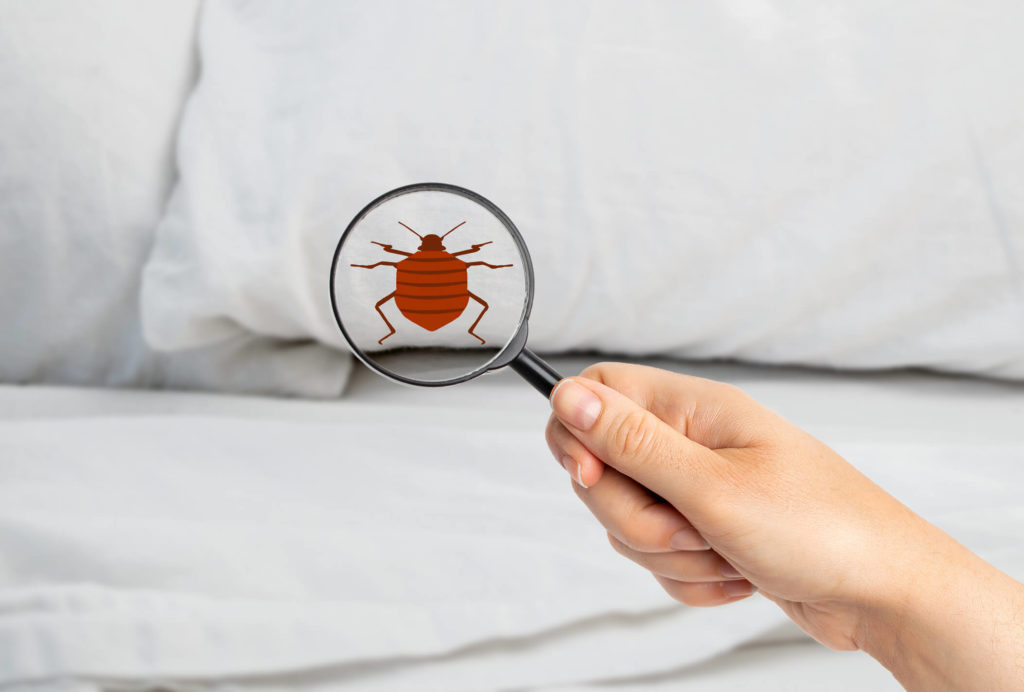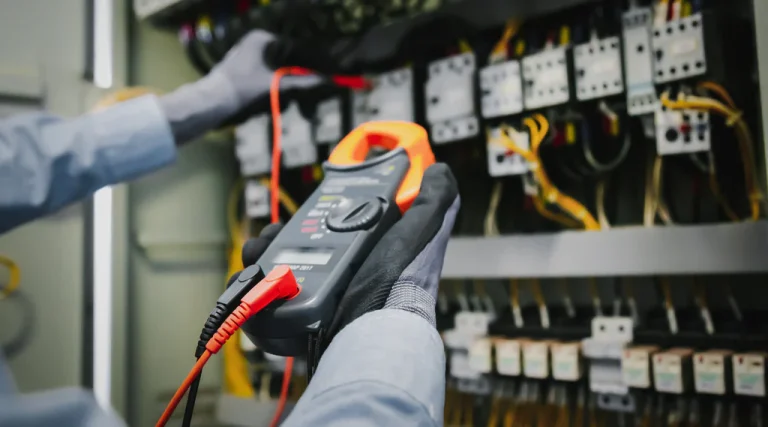Introduction:
When it comes to building wonders, we might think of amazing high rises or old monuments. But did you know that a few of the foremost momentous engineering deeds happen underground, covered up from plain locate? Enter subterranean termites, the modest architects of the insect world.
In this post, we are going to dig into the world of these intriguing animals, investigating their behavior, their effect on our homes, and ways to viably oversee them.
What are Subterranean Termites?
Understanding Subterranean Termites are a sort of termite species that live underground and are capable of the larger part of termite harm in homes. They vary from dry wood termites, which swarm dry wood structures. These termites are social creepy crawlies, living in huge colonies with specialized parts allotted to each part.
Termite Behavior and Characteristics:
Subterranean termites have a well-organized social structure comprising of specialists, warriors, and reproducers. Specialists are the foremost various and perform errands such as building and keeping up burrows, scavenging for nourishment, and caring for the colony.
Professionals can protect the colony from predators and gatecrashes. The reproducers, counting the ruler and lord, are mindful of generation and extending the colony.
Effect on Homes and Structures:
Subterranean termites, whereas little separately, can cause critical harm collectively. They bolster on cellulose, which is found in wood and other plant materials. As they burrow through the soil trying to find nourishment, they can enter buildings through little splits and holes.
Once interior, they build mud tubes to protect themselves from light and discussion, permitting them to unreservedly move between their underground homes and the food source. Over time, these termites can debilitate the auxiliary judgment of homes, driving to expensive repairs.
Statically, termite harm regularly goes unnoticed until the circumstance gets to be extreme, making avoidance and early location vital.
Signs of Subterranean Termite Infestation:
Recognizing termite invasions early can avoid broad harm to your property. Keep an eye out for these signs:
1. Mud tubes:
These pencil-sized tubes, regularly found on establishments or dividers, are built by termites for assurance and dampness whereas they travel between their settle and nourishment sources.
2. Discarded wings:
After regenerative termite’s mate, they shed their wings, which can be found close to windows, entryways, or section focuses.
3. Hollow-sounding wood:
Tap on wooden surfaces to check for emptiness caused by termite burrow interior.
4. Frass:
Termite droppings, called frass, take after sawdust or little pellets, and may be found close to plagued regions.
Effective Termite Management:
When it comes to underground termite administration, avoidance is key. Here are a few compelling procedures to protect your domestic:
Evacuate or diminish wood-to-soil contact around your property by keeping up a crevice between the soil and wooden structures. Keep canals clean and guarantee water streams are absent from your establishment, minimizing dampness and potential termite passage focuses.
Routinely assess your property for signs of termite movement and instantly address any issues. Counsel with a proficient pest control company for standard reviews and treatment choices.
Conclusion:
Subterranean termites may be small, but their effect on our homes can be noteworthy. By understanding their behavior, signs of invasion, and compelling administration procedures, able to secure our properties from their unwelcome nearness.
Keep in mind, that avoidance and early location are significant in relieving termite harm. So, let us appreciate the momentous however dangerous world of underground termites and take the vital steps to keep them at the cove.







